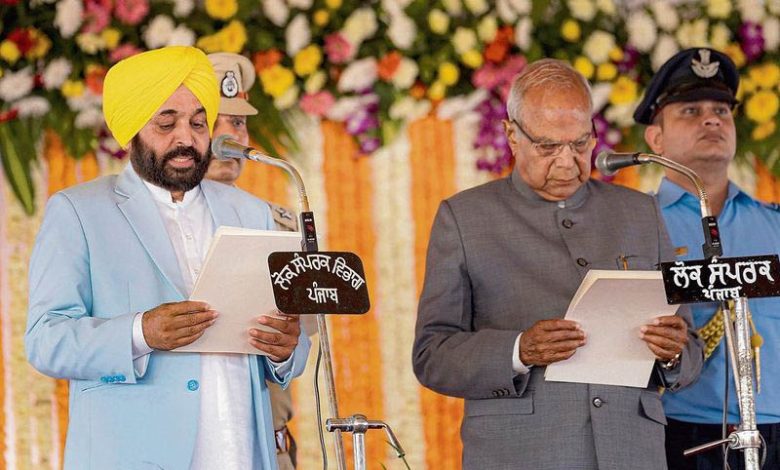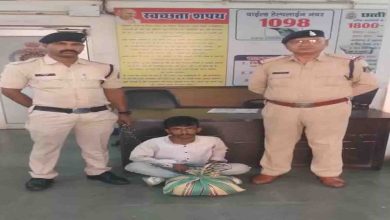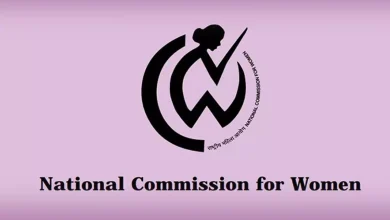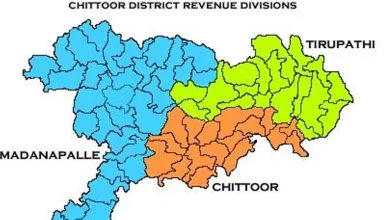Punjab: Half the term of Mann government is over, governance still a challenge

Punjab: The Bhagwant Mann-led Aam Aadmi Party government is set to complete two and a half years of its term on Monday. The incumbent party is doing well politically but it still has a long way to go to achieve its governance goals. Though several leaders from the Congress, BJP and SAD have joined the AAP, voters are not that enthusiastic looking at the party’s governance model. In 2022, the AAP lost the Sangrur parliamentary bypoll just two months after a landslide victory in 92 assembly seats. The AAP redeemed itself by winning the Jalandhar parliamentary bypoll in 2023, but its candidates lost 10 of the 13 Lok Sabha seats in the 2024 general election. It recovered from this electoral setback by winning the Jalandhar West bypoll in July. The AAP, which had initially failed to take a clear stand on emotive issues like losing Punjab’s share in the Sutlej-Yamuna Link Canal (SYL) and appointment of officials in Chandigarh, has now started playing its political cards well. Chief Minister Bhagwant Mann is slowly moving towards his dream of 100 AAP MLAs.
The party’s rift with voters perhaps stems as much from its inability to deliver on its promises due to running a cash-strapped government as from the Congress’ resurgence and the BJP’s rise. The anti-corruption stance and the arrest of former ministers on corruption charges are being seen as a conspiracy of sorts. Though the Mann government has also caught its leaders on corruption charges, the AAP now seems to be moving at a slow pace on this front. Before the 2022 assembly elections, the AAP had promised sky-high cakes. The ruling party’s Rs 1,000 stipend scheme for every woman has not been announced, off-budget resource augmentation measures have been taken by increasing taxes, doorstep delivery of ration has been withdrawn and the pilgrimage scheme is yet to be launched. What is worse is that the Centre is withholding funds at a time when the AAP has inherited a huge debt and is increasingly dependent on central assistance rather than raising strong resources of its own. Perhaps this could explain the dire need to raise VAT on retail fuel, hike road tax and bus fares, collector rates, besides withdrawing power subsidy given by the previous government.
The promise of a drug-free Punjab, which political observers had deemed unattainable, has also remained unfulfilled due to rampant cross-border drug smuggling. The party has also not been able to achieve much in terms of bringing industrial investment to the state. Giving credit where credit is due, the AAP has employed over 50,000 youths. Over 80 per cent of domestic consumers get 300 units of free electricity per month and all agricultural pumpset consumers continue to get eight hours of free power per day. Despite financial constraints and criticisms from economists, the AAP government has decided to give free electricity. In times of high inflation, this has reduced the burden on the common man. Efforts to revive the public health and education system have also yielded good results in ensuring affordable healthcare in Aam Aadmi clinics and providing better education through schools. In the last two years, the increase in the number of students moving from private institutions to government schools is proof of the improvement in the public education sector. The government has also ensured that canal water reaches the last mile in South Malwa after decades. The announcement of construction of a new canal – Malwa Canal – in South Malwa is a step in the right direction. Small steps have also been taken on the policy side to diversify agriculture and prevent desertification by promoting direct seeding of rice.





